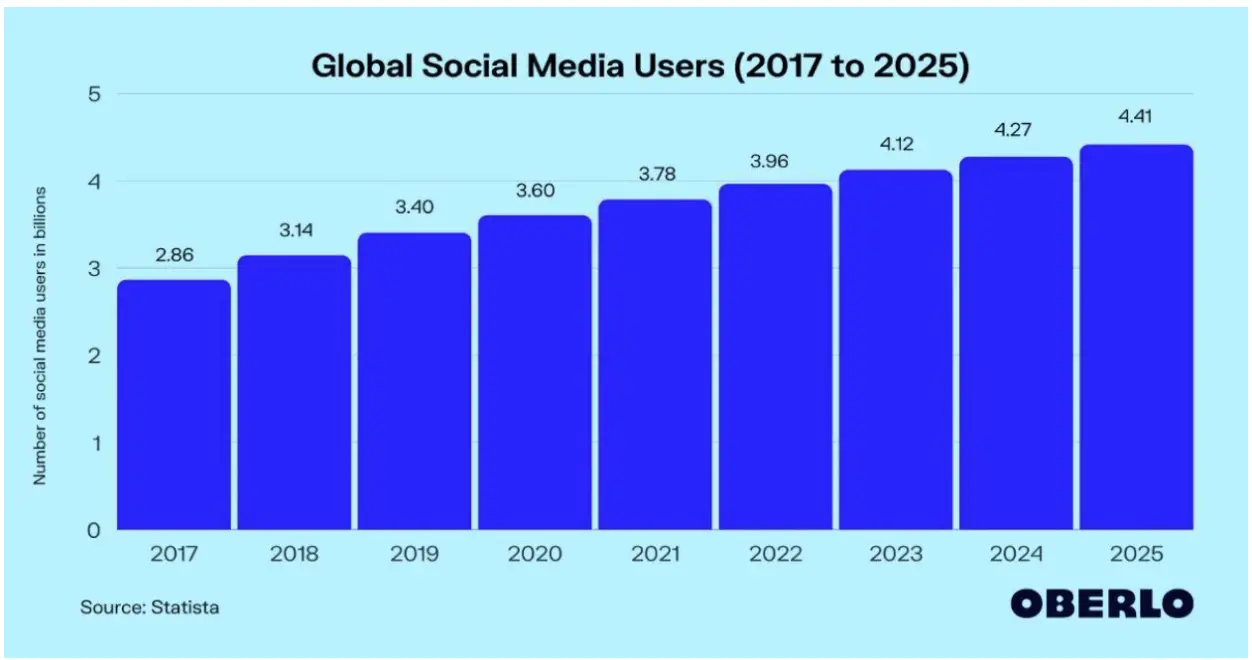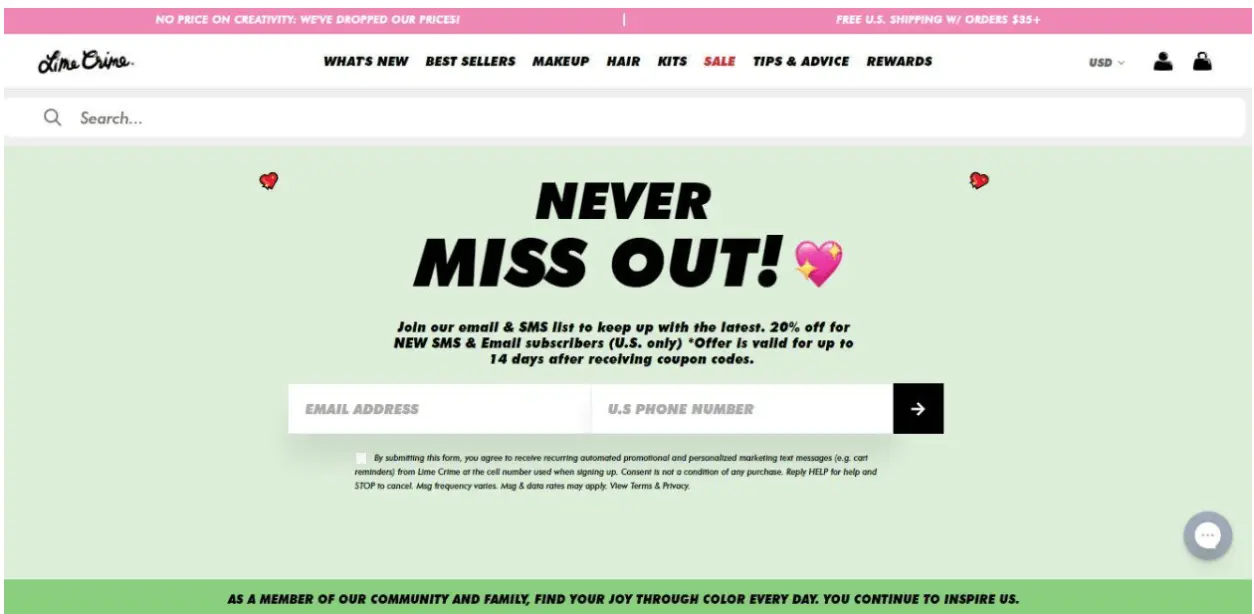Choosing the best e-commerce marketing channels for your business can seem challenging. Different marketers talk about their favorite channels being the best. It can all get very confusing.
*Updated 7/10/2024
Ultimately, though, the most effective marketing channels vary from business to business. What’s clear is that your eCommerce marketing strategy should suit your specific industry and target audience.
For your brand to be successful, you also need to bring the right potential customers to your online store and increase your brand visibility. With 2.14 billion people shopping online yearly, you have many prospective customers.
That said, here are six eCommerce marketing channels you might want to look at to promote your products and reduce the likelihood of inventory aging:
1. Email Marketing
ECommerce email marketing strategies are among the most effective marketing techniques to nurture leads, convert prospects into customers, and turn current customers into loyal fans.
But before creating your emails, you’ll need to build an email list. There are many ways to attract new subscribers. Offering a discount, a free ebook, or a webinar are just a few ideas to grow your email list.
After building your email list, focus on segmenting that list. Email list segmentation allows you to group your subscribers into different categories based on their interests, needs, behaviors, etc.
Doing so will enable you to personalize your email marketing campaigns, leading to better results.
Emailing helps you share exciting news with your customer base and drive more customer loyalty. There are various email campaigns your e-commerce store can benefit from significantly. You have personalized welcome emails, monthly newsletters, cart abandonment emails, and up-sell and cross-sell emails.
Digital marketers often use email automation to save time and boost online sales.
For example, sending an automatic cart email to shoppers who fail to complete the checkout in case of a shopping cart abandonment. The email could contain a discount code or other encouragement to incentivize the buyer to complete the purchase.
2. Social Media
Social networks are places where you can pitch your business in front of 3.78 billion people. That’s close to 48% of the world’s population!

Through social channels, you can work with influencers, for example, through social channels to expand your reach. Collaborations with experts or partners from your industry will provide new engaging content for your social media.
You can also benefit from social media retargeting campaigns as an eCommerce business owner.
This paid method helps bring target customers back to your online store. It’s helpful, considering only a small percentage of site visitors convert during their first trip to a website.
Running contests on social media networks like Instagram is a great way to boost engagement and grow your audience. Offer freebies and ask your audience to like and share your social media posts, tagging a friend or two and inviting them to play too.
3. SEO
SEO involves getting your webpage to appear as high as possible in search results. Search Engine Optimization helps you generate more organic traffic from search engines like Google, Bing, and Yahoo.
SEO for eCommerce involves various practices. One, you'll need to optimize your product pages using relevant keywords. Optimize the page headlines, product descriptions, and metadata, and add some internal links.
Identifying high-value target keywords your potential buyers might be searching for is an integral part of SEO. E-commerce keyword research will help you with that.
Second, you should focus on user experience (UX). Make it easy for visitors and search engines to navigate through your store. That means ensuring the site is mobile-friendly and site speed is optimized.
Your website’s static pages, like the homepage, about us page, FAQ page, and contact page should also be optimized for SEO. Use a marketing tool like Ahrefs and Ubersuggest to search long-tail keywords and find semantic keywords to include in your pages. We’ll talk a bit more about blog posts in the next section.
4. Content Marketing
Content marketing means creating relevant content that will drive interested visitors to your website. Your blog is the most common form of content that can drive traffic to your site.
For this to work, though, your blog content needs to be related to your business. Check out this example. Venture Smarter provides consultancy services to small businesses, so its blog revolves around business tips for small businesses.
Since you’re an eCommerce site selling a wide array of products, your blog should revolve around topics related to these products. For instance, if you sell pet grooming products, a possible blog post title could be “How you can groom your dog” or “Why grooming your pet is important.”
Articles focused on solving potential customers' problems can also be great for attracting more traffic.
Aim to put your products out there as solutions to people's problems or needs. If you started writing a blog before launching your online shop, you could embed an eCommerce widget on your blog.
You can track SEO results by checking your eCommerce blog performance in Google Analytics. If unique visitors are getting to your blog from search engines, that means you’re being found on search engines.
Content marketing for eCommerce can take other forms. These include infographics, guides, ebooks, interviews, and checklists. Video content marketing has grown in demand over the recent years, with 54% of consumers wanting to see brand videos.
User-generated Content is an effective type of content marketing as it shows real people using your products. You can encourage your current customers to provide UGC by organizing contests. Create hashtags specific to your brand and ask people to use them.
Infographics are another effective content marketing tactic. The visuals are usually easier to understand and memorize, which means they can drive more engagement. What’s more, infographics are easy to share on social media platforms.
You can also show off your products for different occasions, like Mother’s Day and Valentine's Day, in gift guides.
YouTube has become extremely popular for tutorials as well. To leverage YouTube, create video content that teaches viewers how to use your items.
5. Paid Advertising
Paid ads are a strong acquisition channel for eCommerce stores. Around 43% of the most visited eCommerce businesses admit spending over $5k per month on social advertising.
The most popular paid advertising for eCommerce is taking place on social media. You simply choose your target group and location and set a budget.
Take Nike as an example. The company pays for adverts appearing on various channels, including social media platforms.
A successful paid ad needs an excellent visual and convincing copy. Design your ads with mobile devices in mind. The ad also needs to be consistent with your brand guidelines.
You can also use paid advertising to do remarketing (or retargeting). Just install a tracking pixel on your website, then use platforms like Facebook and Instagram to retarget site visitors with personalized ads.
6. Affiliate Marketing
Affiliate marketing is a way of advertising in which you, the merchant, pay the affiliate for driving traffic, leads, or purchases to you. Let’s say a beauty blogger (affiliate) lists your product—a lipstick–as her favorite product in her blog post and includes a link for her audience to make a purchase of the same.
The blogger earns a commission from you if a reader clicks through and purchases the product.
Some 81% of brands use affiliate marketing as one of their eCommerce marketing channels. Here’s an example. Kiehl's uses affiliate marketing to promote its beauty products on social media platforms.
The brand works with Instagram influencers, like Em Sheldon, a lifestyle and beauty blogger with over 102k followers on Instagram.
Using the right social media influencers for affiliate marketing for your brand can give you a greater reach to your target audience. Once they start talking about your products, eCommerce sales will take off.
Why is affiliate marketing so popular? It’s based on trust. Your target audience reads (or watches) how someone they trust talks about your products. Around 54% of sellers say product recommendations are the key driver of AOV (Average Order Value).
Try Shift4Shop to launch your eCommerce business today.
In Closing
There are many eCommerce marketing channels you can leverage to promote your business.
However, a marketing channel that works for one business may not necessarily work for yours. Cold calling with the help of auto dialer software may work better for one company, while social media marketing can generate better results for another.
You learned the best channels for eCommerce you can use to promote your products. These are email marketing, social media, SEO, and content marketing. Paid advertising and affiliate marketing are good eCommerce marketing channels, too.
Now all you need to do is use the trial-and-error method. Pick one or more strategies, implement them, and track their performance. Then retain that combination of channels that yields the best results for your business. Good luck!
Author Bio
Jon Morgan is the founder of two successful e-commerce and SaaS businesses. He's passionate about sharing what he has learned from working with business owners through Venture Smarter.




